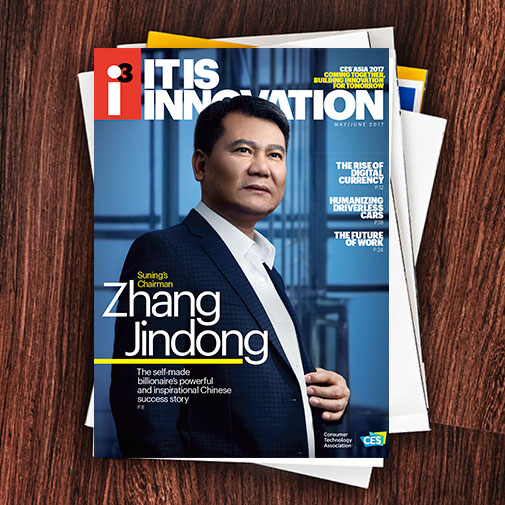3. Be positive and proactive when crafting your mesaging and posts. Ask yourself: Is the idea fun and creative? Enthusiastic and engaging? What kind of unique or exciting information or perspective does it provide? Remember, end-users are exposed to thousands of pieces of content daily. You’ve got to find ways to make yours more inviting and accessible – and incentivize audiences to interact with them, whether by asking questions or requesting their submissions and input. A regular drip-feed of small, bite-sized and compelling content pieces that encourage end-user participation is preferred.
4. Position yourself as a trusted resource. Provide helpful and informative content such as links to handy services, stories, research, tools, whitepapers and websites, and put the focus on others: Ask yourself – what’s in it for them by tuning in? As a general guideline, follow the 60/20/20 rule. In essence, 60 percent of your time on social/online channels should be spent engaging others, 20 percent sharing content of import to them, and only 20 percent actively talking about your organization or the solutions it offers. Focus on creating worth for your customers. The fastest way to do so? Think about what you can to do help them save time, effort and financial resources.
5. Constantly iterate and refine. No good marketing campaign – social or otherwise – remains static. Successful efforts will continuously monitor and track audience response, and regularly be optimized and refined based on how well posts and promotions resonate. Note that in the event a message does begin to take off and trend in terms of popularity, it’s important to have relevant follow-ups locked and ready to follow soon after. In any event, be sure to track and test what connects with a crowd. You may be surprised at how much a slight tweak in messaging, or visual assets, can modify performance and uptake.
6. Be aware of your organization’s voice, and the messages that it is sending. Social media exchanges are often more personal, informal and immediate, but should still be professional. While humor is often welcome, keep in mind subtle nuances such as tone may be lost in the translation to text, and only humor appropriate for use in a business casual environment is recommended. Also keep in mind that while posts by organizations don’t have to be made by the same person every time, all should maintain a consistent tone and personality – and, most importantly, create value for your audience.
7. Listen to and befriend your customer. Stay attuned to buyers’ interests and provide carefully-curated insights to help customers alleviate pain points and achieve their goals. The more helpful you are, the more loyalty and passion you’ll inspire, and the more chance you have to build a virtuous cycle by creating promotional vehicles (contests, community spotlights, user events, etc.) that reward your community for its support. Note each social network has its own personality. Before conducting outreach via these channels, be sure to understand their nuances. Craft custom messaging specific to each channel. However, while presentation may change between mediums, messaging and branding including key takeaways – should be consistent across all.

i3, the flagship magazine from the Consumer Technology Association (CTA)®, focuses on innovation in technology, policy and business as well as the entrepreneurs, industry leaders and startups that grow the consumer technology industry. Subscriptions to i3 are available free to qualified participants in the consumer electronics industry.